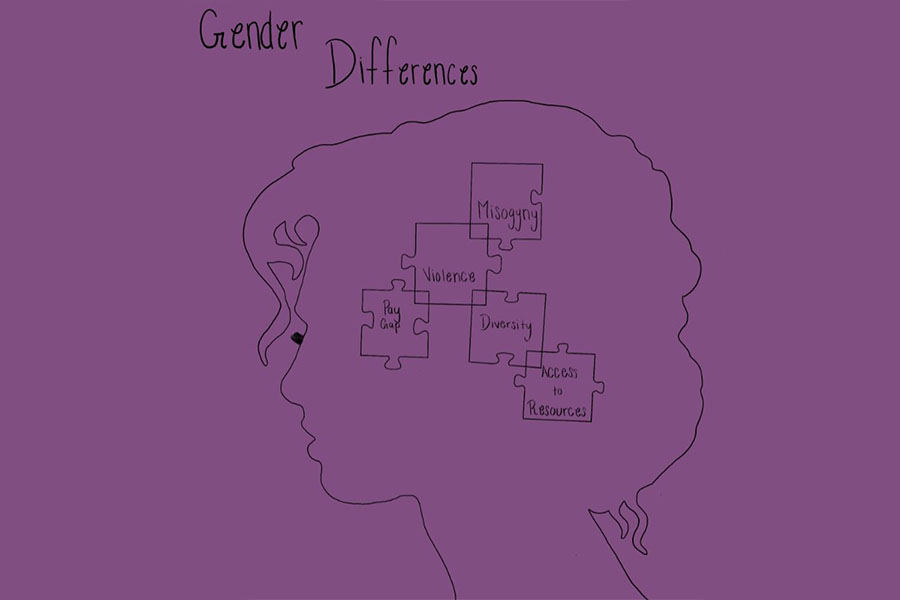The Treasury Department announced last month that a major change would be coming to one of our nations most popular cash denominations; the $20 bill. Andrew Jackson will be relegated to the back of the bill while Abolitionist and Humanitarian Harriet Tubman will be featured on the front.
This change is a step in the right direction. African Americans have long been missing from representation on one of the bills as well as women in the modern era.
The decision to put Tubman on the $20 bill is massive as the last time a new portrait image appeared on a bill was between 1914 and 1928, according to The LA Times. This is also the first time an African American person, let alone a woman, will be featured on a bill.
Dr. Catherine Clinton, a history professor at the University of Texas at San Antonio and the author of a biography of Tubman, is excited about Tubman getting recognition after being overlooked largely by academe.
“Harriet Tubman could be a cover girl for American history,” she said. “I’m glad the invisible woman is becoming visible now.”
Clinton was recently invited by the Smithsonian to a discussion about putting a woman on the $10 bill and gave a copy of her book to Treasure Secretary Jacob J. Lew and U.S. Treasurer Rosie Rios.
“I felt that people needed to know how amazing her story was,” she said. “She just wasn’t a figure from the Underground Railroad, she just wasn’t a self-emancipated slave, but she was a brave warrior in the fight against slavery. Harriet Tubman, I found, was such an important figure to so many because she represented the concept of one person making a difference.”
Clinton is absolutely right. Tubman is usually known first and foremost for her work with the Underground Railroad, but she was much more than that. Tubman was fighting the impossible fight, and winning, as not only a woman, but an African American woman.
Dr. Kate Clifford Larson, a Harriet Tubman scholar, was thrown off that Tubman would have to share the $20 bill with Andrew Jackson, who was a known slave owner.
“I’m a little bit disgusted because he doesn’t belong on the currency at all,” Larson said. “He was a slaveholder, and, worse than that, he was responsible for the death of thousands and thousands of Native Americans.”
Maybe Jackson being on the bill is not such a bad thing. I see it as a reminder that we have moved on from slavery and now we have progressed as a nation to the point where we are putting Tubman ahead of Jackson, literally.
Larson hopes Tubman being on the $20 bill will teach American’s more about her.
“Tubman [provides] a perfect example of the lack of attention to African-American history, women’s history, over time,” Larson said. “And it’s now taught much more readily in schools, since the Civil Rights Movement of the ’50s, ’60s, and ’70s. It’s part of curriculum in colleges. To have Tubman now on the $20 [bill] just sort of changes the landscape and, I hope, will help us all begin to look beyond the George Washingtons, Abraham Lincolns, the Alexander Hamiltons of the world to the rest of story, and how we are where we are today, and where we should be going.”
It will be another four years before we start to see $20 bills with Tubman on them, but that wait will seem short compared to the wait it has been to acknowledge woman or black history on such a grand scale in the 21st century.
Tubman being put on the $20 bill is an excellent decision, and one that should not be looked back on in agony or disappointment. Instead, in comfort and accomplishment.






